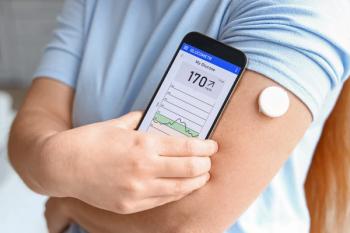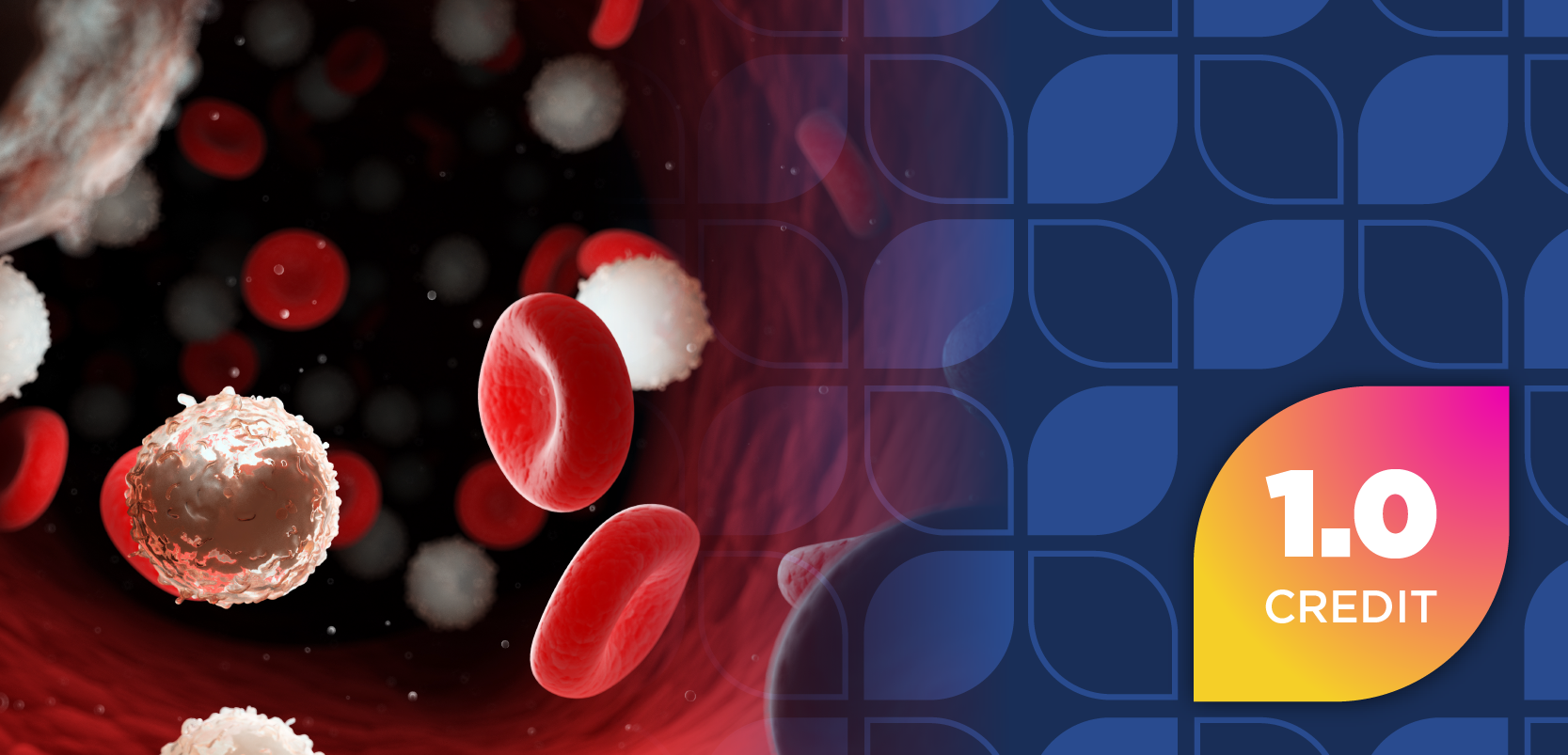
Study Reveals New Pathway Linked to Overactive Platelets in Type 2 Diabetes
Key Takeaways
- Individuals with T2D have increased platelet hyperactivity, heightening cardiovascular disease risk and reducing anticoagulant efficacy.
- Elevated SEC61B levels in T2D platelets disrupt calcium balance, promoting clot formation.
New research uncovers a pathway linking diabetes and heightened blood clot risks, paving the way for innovative treatments to prevent cardiovascular complications.
Individuals with type 2 diabetes (T2D) are prone to developing dangerous blood clots, interfering with future treatments aimed at reducing cardiovascular risk. However, research from the Charles Perkins Centre at the University of Sydney, published in the Journal of Clinical Investigation, discovered a new biological pathway that explains this increased risk.1,2
“[Individuals] living with type 2 diabetes are vulnerable to increased risk of blood clots,” Freda Passam, MD, PhD, FRACP, FRCPA, a professor from the Central Clinical School, said in a news release. “These exciting findings identify a whole new way to reduce this risk and help prevent life-threatening complications like heart attack and stroke.”2
Relationship Between Blood Clots and T2D
As cell fragments, platelets are the smallest component of the blood and essentially stop bleeding when an individual is injured. Platelets cluster together to form a plug when the blood vessel is damaged and then clot to stop the blood loss. Platelet hyperactivity refers to the tendency of platelets to become overactive and release their contents when stimulated. This condition is commonly observed in individuals with diabetes. The authors noted that in Australia alone, where the study was conducted, around 1.2 million individuals were living with T2D as of 2021, and the condition is more common in Aboriginal and Torres Strait Islander individuals and in rural and regional populations.1,3
“Cardiovascular disease [CVD] is a leading cause of death in this group, partly due to the heightened activity of platelets—the tiny blood cells that help form clots. This heightened platelet sensitivity to clotting also makes traditional anticoagulant treatments less effective in people with [T2D], limiting the options to reduce the risk of [CVD],” Passam said in the news release.2
SEC61B Targeting for Prevention
Researchers used a high-sensitivity proteomic platform to identify protein changes in platelets that may explain platelet hyperactivity among individuals with diabetes. The study authors compared platelets from individuals with diabetes and coronary artery disease to those from individuals with similar risk factors but without diabetes.1
A total of 76 participants were included, 42 with T2D and 34 without, from 2020 and 2021. The researchers detected over 2400 intracellular proteins and found that platelets release proteins differently in individuals with T2D. They discovered increased SEC61B levels in platelets from both humans and mice with hyperglycemia, as well as megakaryocytes from hyperglycemic mice. This protein, SEC61B, is reported to disrupt calcium balance inside platelets, which causes them to clump together and clot.1,2
The results demonstrated that SEC61B was significantly higher in platelets from individuals with high fructosamine, while other proteins like SEC61A and SEC61G were not different. To confirm these data, researchers studied another group of patients and found that SEC61B was low in healthy individuals but significantly increased in platelets from individuals with T2D.1,2
The findings suggest that SEC61B causes calcium leakage in platelets, leading to increased platelet reactivity. Although treatments targeting SEC61B are still in development, the study authors noted that preclinical animal trials could begin within 1 to 2 years, with potential therapies for patients estimated in the next decade.1,2
REFERENCES
1. Kong Y, Rehan R, Moreno C, et al. SEC61B regulates calcium flux and platelet hyperreactivity in diabetes. Journal of Clinical Investigation. 2025. doi: 10.1172/JCI184597
2. New discovery could lower heart attack and stroke risk for people with type 2 diabetes. EurekAlert! News release. August 15, 2025. Accessed August 20, 2025. https://www.eurekalert.org/news-releases/1094712
3. Cleveland Clinic. Platelets. News release. Updated August 26, 2024. Accessed August 20, 2025. https://my.clevelandclinic.org/health/body/22879-platelets
Newsletter
Stay informed on drug updates, treatment guidelines, and pharmacy practice trends—subscribe to Pharmacy Times for weekly clinical insights.





















































































































































































































